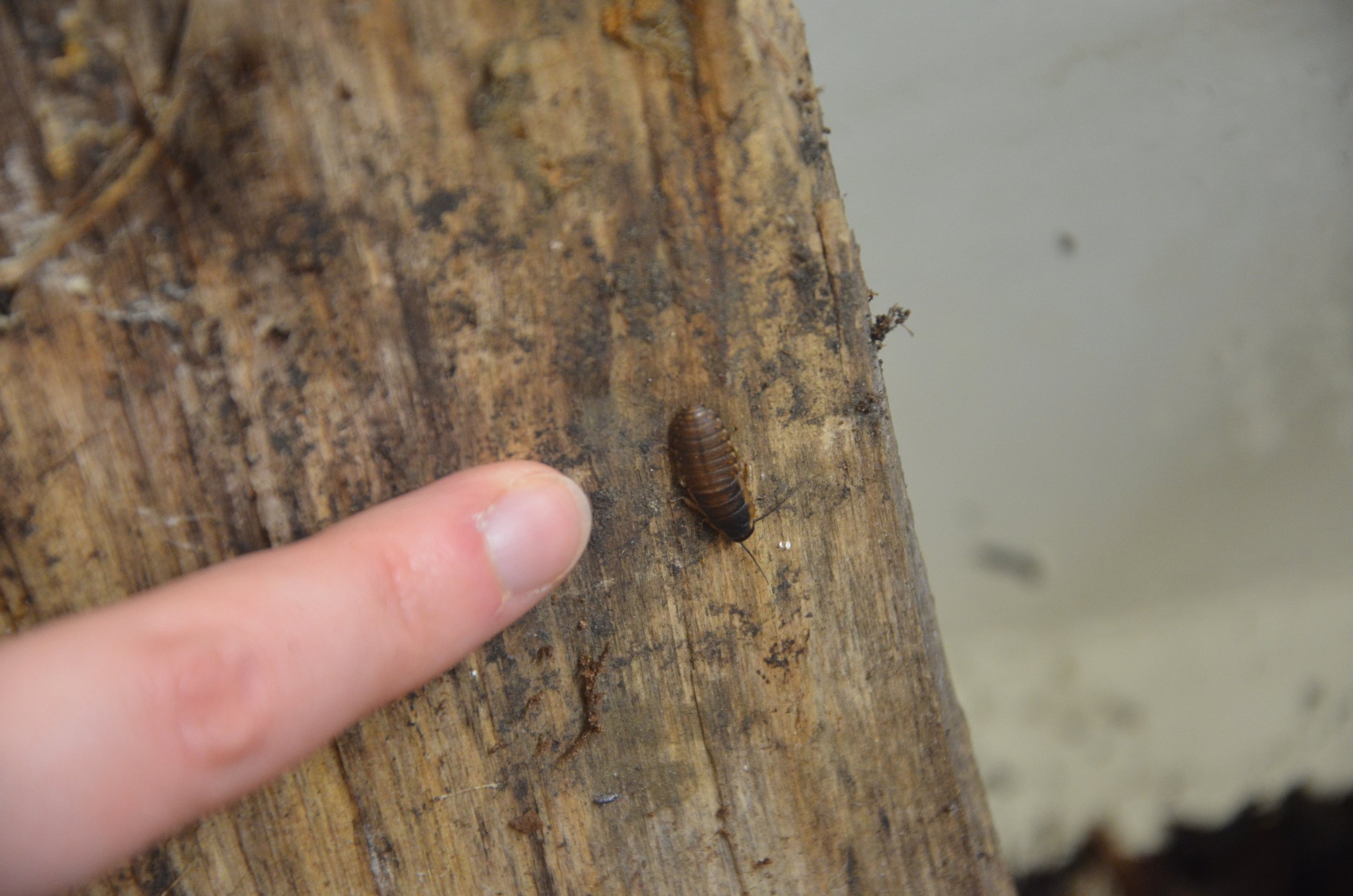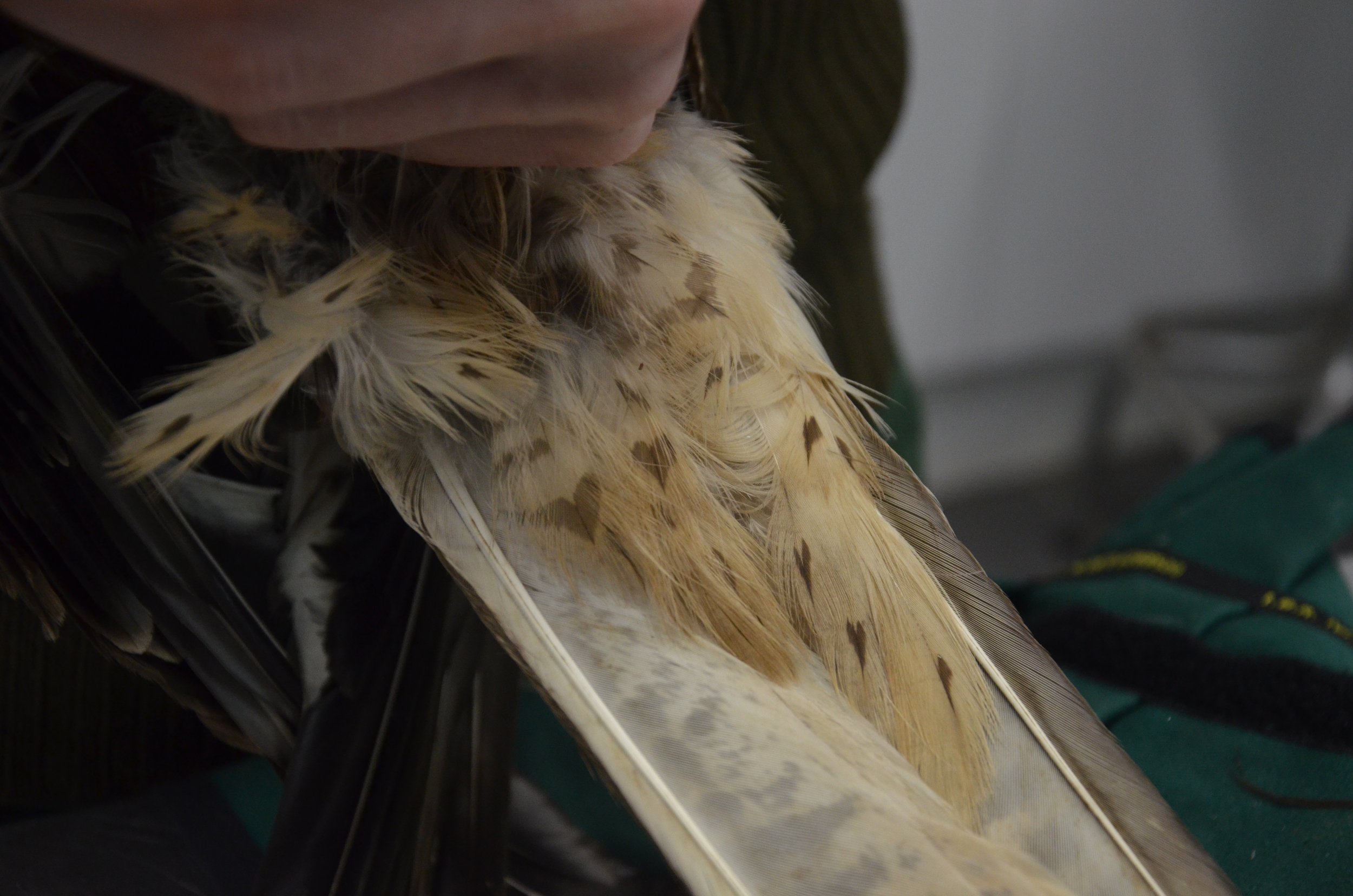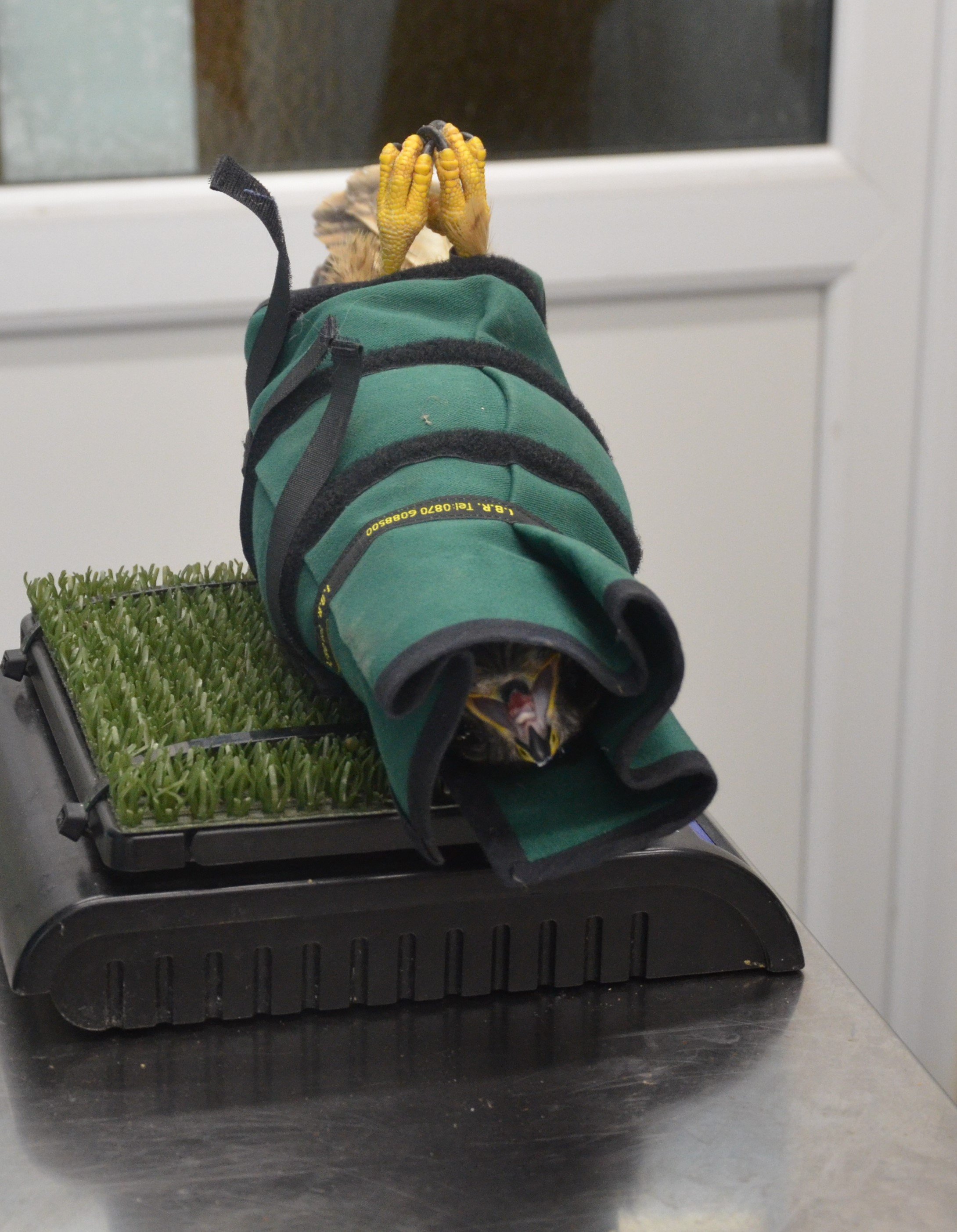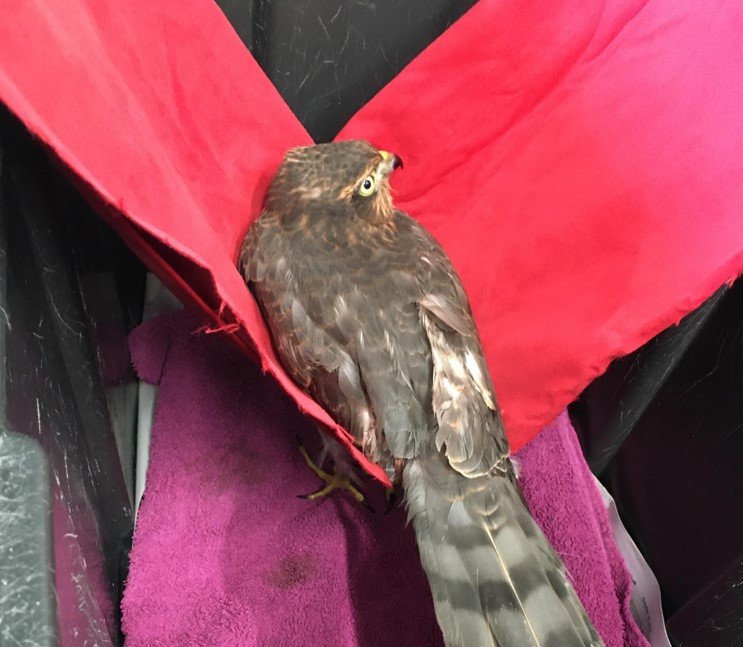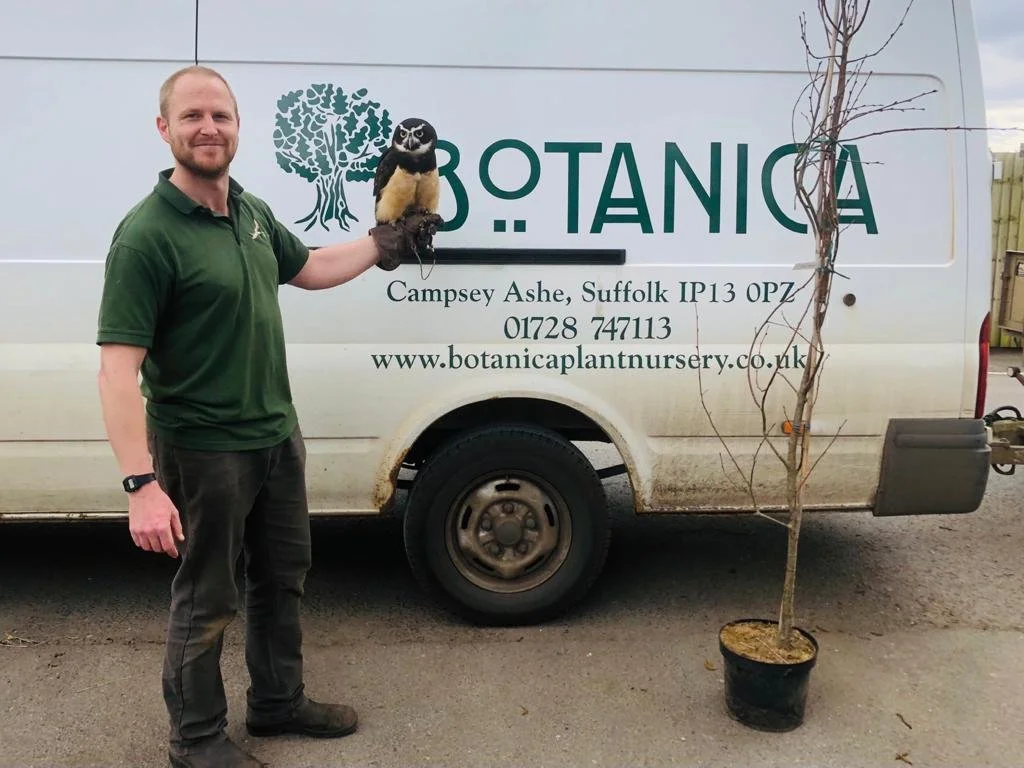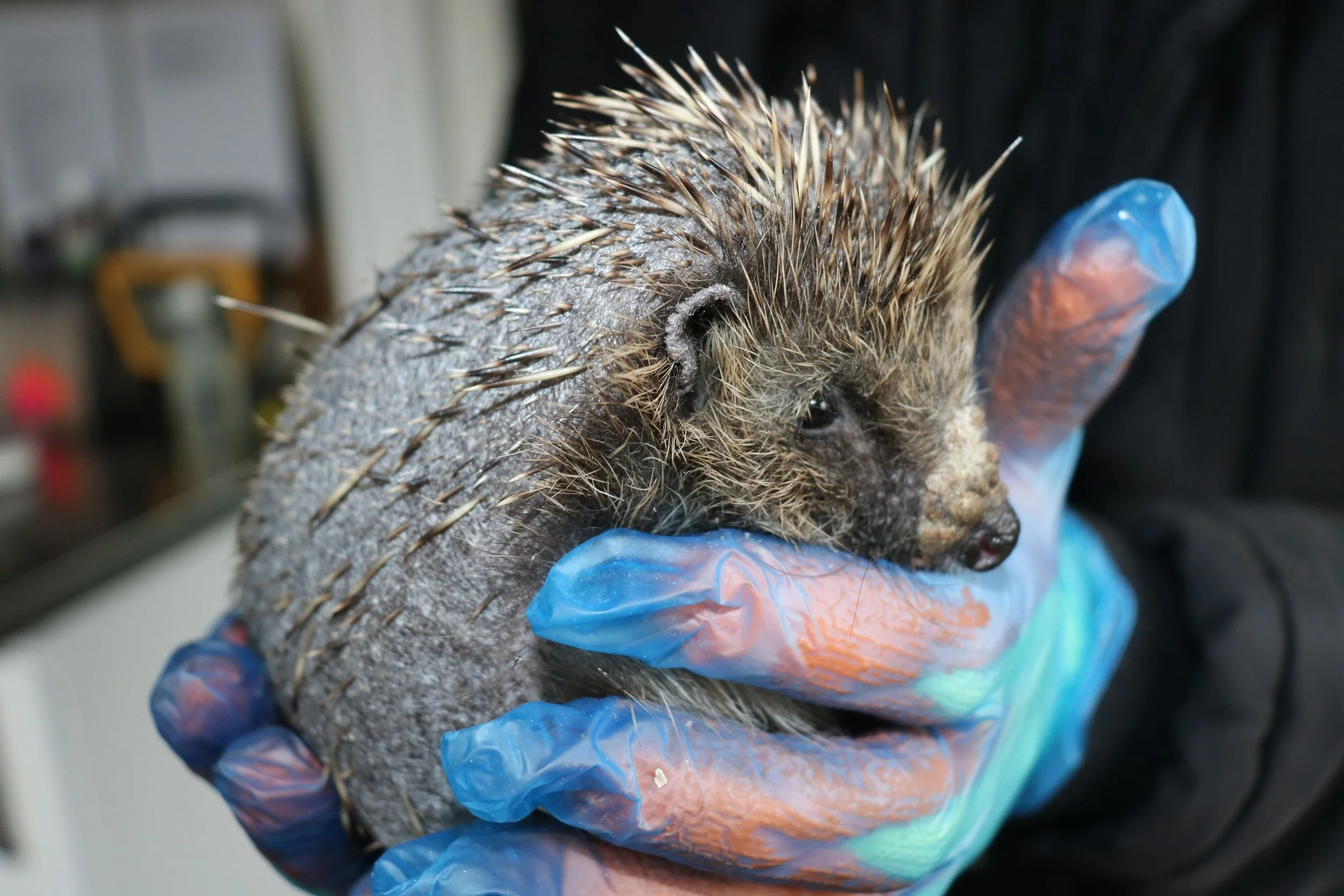I am a Fine Artist specialising in painting and drawing and specifically in oil painting. I have been awarded a PhD from Birmingham Institute of Art and Design. My artwork involves large-scale oil paintings inspired by the places that I have encountered. I have previously completed other projects for Wild in Art, taking part in the ‘Go Wild Gorillas’ project in Jersey. The trail was record breaking with the 44 gorilla sculptures raising over a million pounds for Jersey Zoo! My gorilla ‘Rotchi’ made £41,000 at auction! I have also completed 3 elephants for the ‘Big Trunk Trail’ in Luton and a sculpture for the ‘Worcester Big Parade’ in summer 2021. I also took part in the ‘Octopus Ahoy’ sculpture trail and will soon be decorating sculptures for ‘A Dog’s Trail’ in Cardiff, ‘Go Go Discover’ in Norwich, ‘The Big Splash’ in the Isle of Man and, of course, two owls for ‘The Big Hoot’!
The Wild in Art trails are always such a joy from start to finish. I have thoroughly enjoyed all of the stages, from creating the design ideas, hearing that my designs have been shortlisted, learning that a design has been chosen, meeting my sponsors, having such memorable experiences in the painting spaces meeting the other fantastic artists and working alongside the trail teams. The projects then build in excitement in preparation for the trail to go live out on the streets! The sculptures then feature in a final farewell event where you can see them all together before they head off to the auction to raise vital funds for an amazing charity. Fingers crossed for a fantastic amount raised for St Elizabeth Hospice at the auction later in the year!
The sculpture trails are especially important as we try to manoeuvre our way out of the pandemic. They encourage people to spend time outside with family and friends, interacting with their towns and cities after such an unsettling time. The trails get people involved with art that is accessible to everyone whilst providing a exciting and colourful art trail! The events also provide awareness of both the charity and the fantastic sponsors, encouraging a further engagement with the companies, charities and amenities available in the local area.
An owl that used to sit in the huge Birch tree outside my bedroom window inspired my sculpture design. I used to lie in bed listening to it hooting in the dark and it always felt like a magical sound. I imagined it all ready for bed with a nightshirt, nightcap, book and teddy bear but I never thought I’d get the opportunity to recreate this sleepy owl in a giant owl sculpture! He is nicknamed ‘Billy’ and as I imagined all those years ago, he is carrying a book and a teddy bear! He might look sleepy but he still loves visitors!
I’m really looking forward to getting to Suffolk to paint my owl sculpture ‘Billy’ in the painting space in Ipswich. I’m especially excited as I used to live near Stowmarket for a short time when I was a child so it’ll be lovely to retrace my steps, not to mention painting a magnificent colourful owl character! I’m also hoping to visit the Owl Sanctuary, which will be a fantastic experience! The trail will be on the streets of Ipswich In June until the end of August so keep an eye out for more information!
Galleries of my artworks and further information can be found on my website, ‘amybourbon.com’. More current photographs of my sculptures can be found on my Instagram account, ‘@amybourbonart’.
Website – amybourbon.com
Instagram – @amybourbonart
Twitter - @amybourbon
Chris Astridge, our head of Trustees said “We liked the design because it was light-hearted and bold - a design that will be identified from afar and remembered, and also stand out from the crown in a busy street setting”
In addition to sponsoring an Owl for the trail, our Education Team has provided resources for the Big Hoot Education Pack. Education Officer Susan Jones says "This is a great opportunity to teach the people of Ipswich All About Owls, and we look forward to working with the Big Hoot Team and local schools over the summer to inspire everyone to care about our native Hoots."
Amy has promised to post some sneak peeks on her social media channels, which we will share on ours too. We can’t wait to meet Billy and see him join the other Hoots this summer in Ipswich.





























